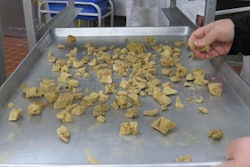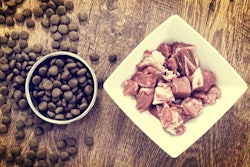Kibble coating: how to maximize palatability performance
Sponsored content

Making kibbles tasty and aromatic with liquid or powdered palatants is an essential element of manufacturing a pet food product that dogs and cats will love. And one of the most important aspects of dry pet food palatability is the way coating ingredients are applied to kibble.
Read more at appetizerblog.com
Pet food trends, Chinese style
Sponsored content
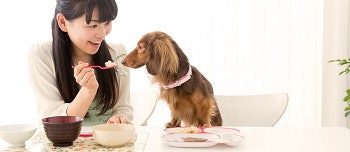
Among the mega pet food trends observed in the world, “Healthy Lifestyle” and “Premium Indulgence” are particularly strong in China. To fit the lifestyle and expectations of Chinese pet owners, these concepts are locally turned into convenient and tasty products featuring healthy traditional ingredients.
Read more at appetizerblog.com
Human perception key in pet food sensory technologies
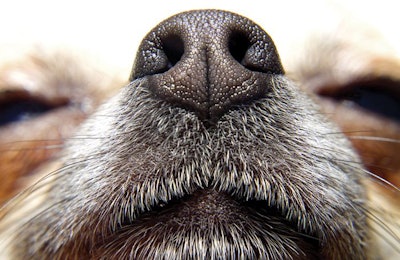
Pet owners are a significant factor in how sensory technologies are set up to ensure happiness for both pets and their humans.
Read more at petfoodindustry.com
Versus or monadic test? How to pick the right method!
Sponsored content
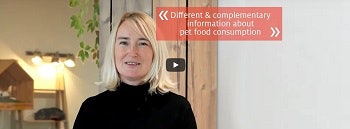
Versus and monadic tests are the most common methods used to assess pet food palatability. If both techniques measure the quantity of food eaten by pets at mealtime, they deliver different answers about consumption. Which method is the most appropriate to assess pet food performance? Dr Emira Mehinagic helps you make the right choice.
Read more at appetizerblog.com
Inside a pet parent’s mind
Sponsored content
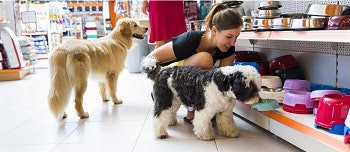
Understanding pet parents and their thoughts and behaviors that shape the French pet food market. A recent study by Explorer, the market research platform from Yummypets, examines the inner workings of French pet parents and their relationship with pet food. The study uses the findings to identify 8 unique pet parent ‘personality profiles’ that shape the pet food market. The study brings together insights from 1,350 dog and cat pet parents, leveraged from the Yummypets community of more than 1.3 million members from over 40 countries worldwide.
Read more at appetizerblog.com
Protect your pet food from oxidation, naturally
Sponsored content
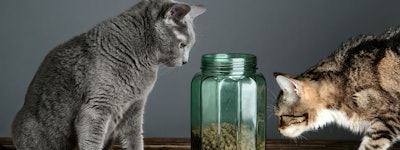
Oxidation is a hot topic in the pet food industry. Finding the antioxidant that will preserve a pet food’s sensorial and nutritional properties throughout its shelf life is often a headache for pet food manufacturers. Dr Françoise Michel-Salaun, Pet Food Protection R&D Manager at Videka, describes the mechanisms behind oxidation and gives some guidelines to make the best of antioxidants and naturally fight for freshness.
Read more at appetizerblog.co
Dogs prefer grain-free over ancient grain carb sources

On the manufacturing end, ancient grain carb sources also behaved differently in extruders than grain-free dog food formulations.
Read more at petfoodindustry.com
In-home or expert panel, do you really need to choose?
Sponsored content

Learn how each type of panel is important in the pet food development process.
Read more at appetizerblog.com
Dog vs Cat: from senses to feeding behavior, anatomy of a meal
Sponsored content

Eating is a dynamic sensorial cascade during which multiple interactions occur between a food and the animal. With different sensory equipment and anatomy, cats and dogs don’t behave the same when facing food.
Read more at appetizerblog.com
How to please pets’ and pet parents’ sense of smell?
Sponsored content
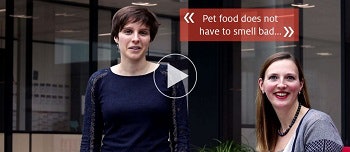
Seeing a pet enjoy a meal is one of the special pleasures of pet ownership. But unpleasant odors can reduce the owner’s appreciation of the pet’s meal experience. To make mealtime a shared happy moment, pet food manufacturers need to develop products that not only appeal to a pet’s keen sense of smell but also seduce the delicate nose of pet parents.
Read more at appetizerblog.com
Something in the air: why cat pee stinks and how to control litter odor
Sponsored content
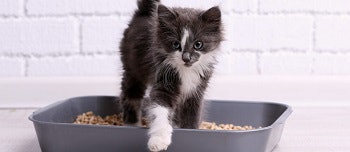
The pungent smell of used cat litter comes primarily from odorant molecules released as urine decomposes. Among them, we can blame ammonia for being the main cause of the foul stench. Luckily, several solutions exist to control litter box odor and preserve harmony between cats and their parents.
Read more at appetizerblog.com
Managing pet stress to preserve pet-owner bonds
Sponsored content

Dogs and cats are treasured family members who share every aspect of their families’ lives, but that doesn’t mean they are free from stress. And pet lovers feel it. When consulting their veterinarian about a pet’s unwanted behavior, owners frequently say such things as “My dog is stressed when I leave him at home” or “My cat has been anxious ever since we moved.” What are stress and anxiety, how do they affect pets and their parents, and how can they be treated? Keep calm and read!
Read more at appetizerblog.com


